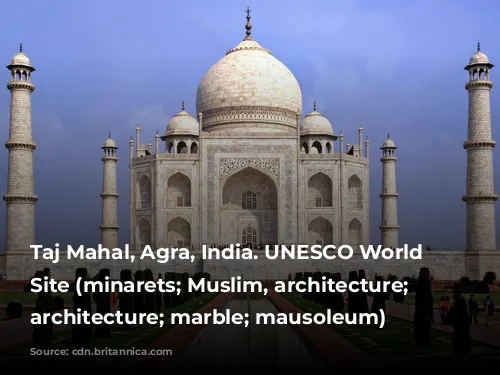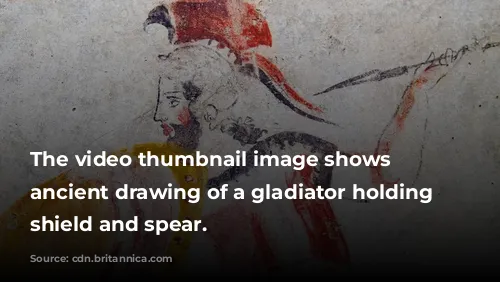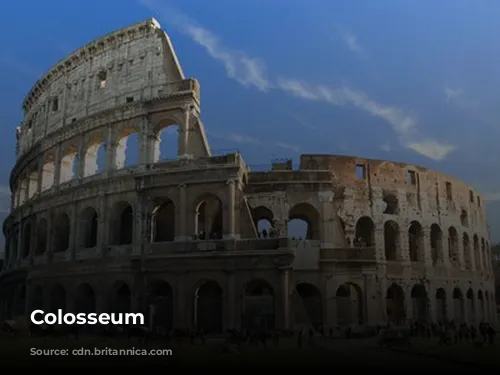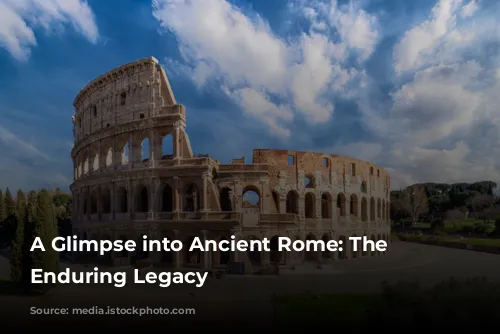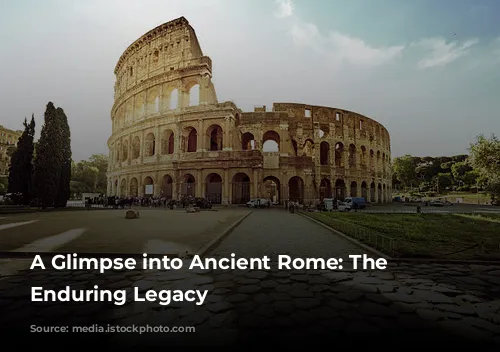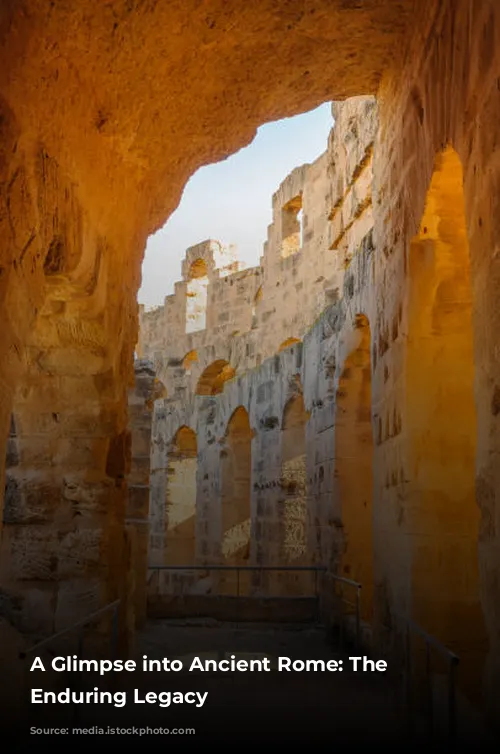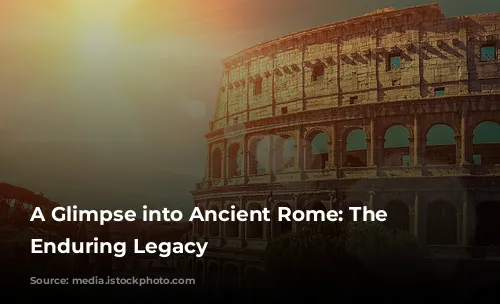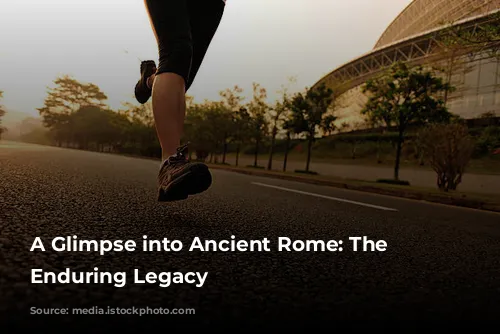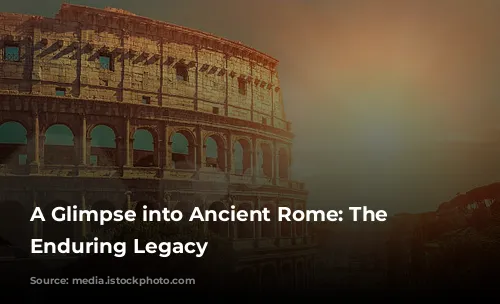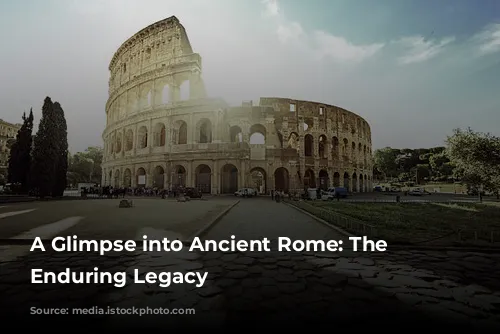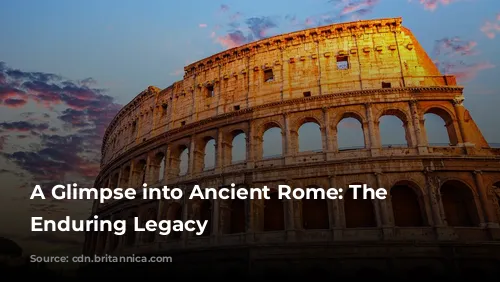The Colosseum, standing as a testament to the architectural brilliance and engineering prowess of ancient Rome, is one of the few structures from that era that remains mostly intact. Its imposing presence continues to captivate visitors from all corners of the globe, making it a major tourist attraction and a significant contributor to Italy’s economy. In 2018 alone, the Colosseum, Roman Forum, and Palatine Hill collectively generated over $63.3 million (€53.8 million), surpassing any other tourist destination in Italy.
A Monumental Journey Through Time
The Colosseum’s journey has been fraught with both glory and neglect. After the fall of the Western Roman Empire, the once-grand arena fell into a state of disrepair. The Frangipane and Annibaldi families, prominent figures in 12th-century Rome, transformed the structure into a fortress, a stark contrast to its original purpose. During the late 15th century, Pope Alexander VI allowed the Colosseum to be stripped of its valuable materials, serving as a quarry for construction projects. This period of neglect lasted over a thousand years, until state-funded restoration efforts began in the 1990s, breathing life back into this architectural marvel.
A Symbol of Power and Entertainment
The Colosseum was conceived as part of a grand scheme to revitalize Rome after the tumultuous year of the four emperors in 69 CE. Emperor Vespasian, determined to restore Rome’s grandeur, envisioned the Colosseum as a spectacular entertainment venue, a stage for captivating gladiator battles, thrilling animal hunts, and even dramatic mock naval battles. This monument to imperial ambition was designed to captivate the Roman populace and showcase the power and might of the empire.
A Legacy of Construction and Conquest
The Colosseum’s construction began under Emperor Vespasian between 70 and 72 CE. The completed structure was dedicated in 80 CE by Titus, Vespasian’s son and successor. The final touch, the fourth story, was added by Emperor Domitian in 82 CE. Notably, the funding for this colossal undertaking came from the spoils of war, specifically the plunder from Titus’s conquest of Jerusalem in 70 CE. This act serves as a stark reminder of the complex history of the Roman Empire and the human cost of its expansion, as the Colosseum was built by enslaved Jews from Judaea.
An Architectural Masterpiece
The Colosseum, also known as the Flavian Amphitheatre, stands as a breathtaking example of Roman architectural ingenuity. This elliptical structure, crafted from stone, concrete, and tuff, rises four stories high, towering over its surroundings. Its immense scale, measuring 620 by 513 feet (189 by 156 meters), accommodated a staggering 50,000 spectators. The Colosseum is renowned for its gladiatorial combats, which became a staple of Roman entertainment and a symbol of the Empire’s power and brutality.
A Strategic Location and a Symbol of Change
The Colosseum’s location, just east of the Palatine Hill, on the grounds of Nero’s Golden House, was a strategic and symbolic choice. The artificial lake, the centerpiece of Nero’s opulent palace, was drained to make way for this grand amphitheater. This act symbolized Vespasian’s rejection of Nero’s tyranny and his commitment to creating a space for public entertainment that would unite the Roman people.
A Marvel of Engineering and Innovation
Unlike earlier amphitheaters, which were often built into hillsides for support, the Colosseum stands as a freestanding structure of stone and concrete. This feat of engineering was made possible by a complex system of barrel and groin vaults. The Colosseum’s architectural design is a testament to Roman ingenuity, incorporating a three-tiered arcade, adorned with engaged columns in the Doric, Ionic, and Corinthian orders. This rising arrangement of columns became a key element in the Renaissance codification of architectural orders. The structure’s exterior is primarily made of travertine, while volcanic tuff forms the secondary walls. The arena itself, along with the arcade vaults, is constructed from concrete.
A Stage for Spectacle and Shelter for Spectators
The Colosseum’s design extended beyond its grand scale and architectural grandeur. The amphitheater provided its vast audience with shelter from the sun’s rays through a massive retractable awning, known as a velarium. This awe-inspiring structure was supported by masts extending from corbels, which were strategically placed on the Colosseum’s top story. Hundreds of Roman sailors were needed to manipulate the complex rigging that extended and retracted the velarium, showcasing the intricate engineering involved. The Colosseum served as a stage for thousands of gladiatorial combats, man-versus-animal contests, and even large-scale mock naval battles. While the arena’s role in the martyrdom of early Christians is debated, it undoubtedly played a key role in shaping the lives and experiences of the Roman people.
A Journey Through Time and Neglect
The Colosseum’s story continues beyond its grand construction and spectacles. In medieval times, the amphitheater was repurposed, first serving as a church and later as a fortress under the control of the Frangipane and Annibaldi families. Time and neglect took their toll, as lightning strikes, earthquakes, and vandalism left their mark on the once-majestic structure. The Colosseum was stripped of its marble seats and decorative materials, leaving it a mere quarry for centuries.
A Restoration and a Legacy of Wonder
The Colosseum’s preservation efforts began in earnest in the 19th century, with notable contributions from Pius VIII. In the 1990s, a major restoration project breathed new life into the ancient structure. Today, the Colosseum remains a leading tourist attraction, welcoming millions of visitors annually. The ongoing restoration efforts and captivating exhibitions continue to educate and inspire visitors, offering a glimpse into the rich history and culture of ancient Rome.
The Colosseum stands as a timeless monument, a reminder of the past and a testament to the enduring power of human ingenuity. Its story is a journey through time, from its grand beginnings to its long period of neglect, and finally, to its preservation and continued relevance in the modern world. The Colosseum’s presence continues to enchant visitors, offering a window into ancient Rome and the enduring legacy of its emperors and architects.
